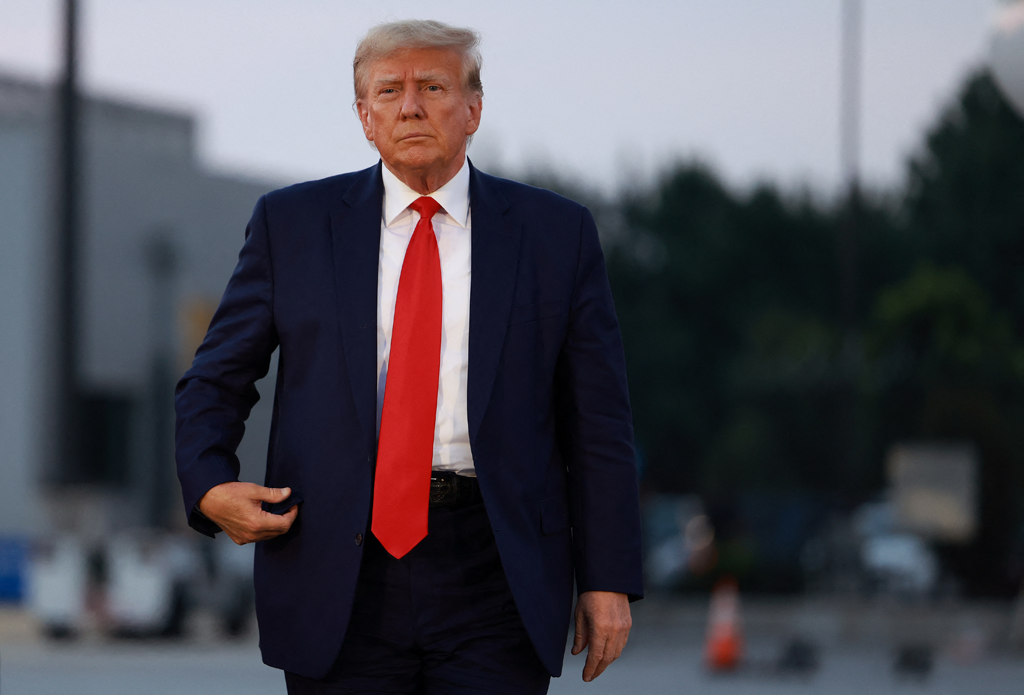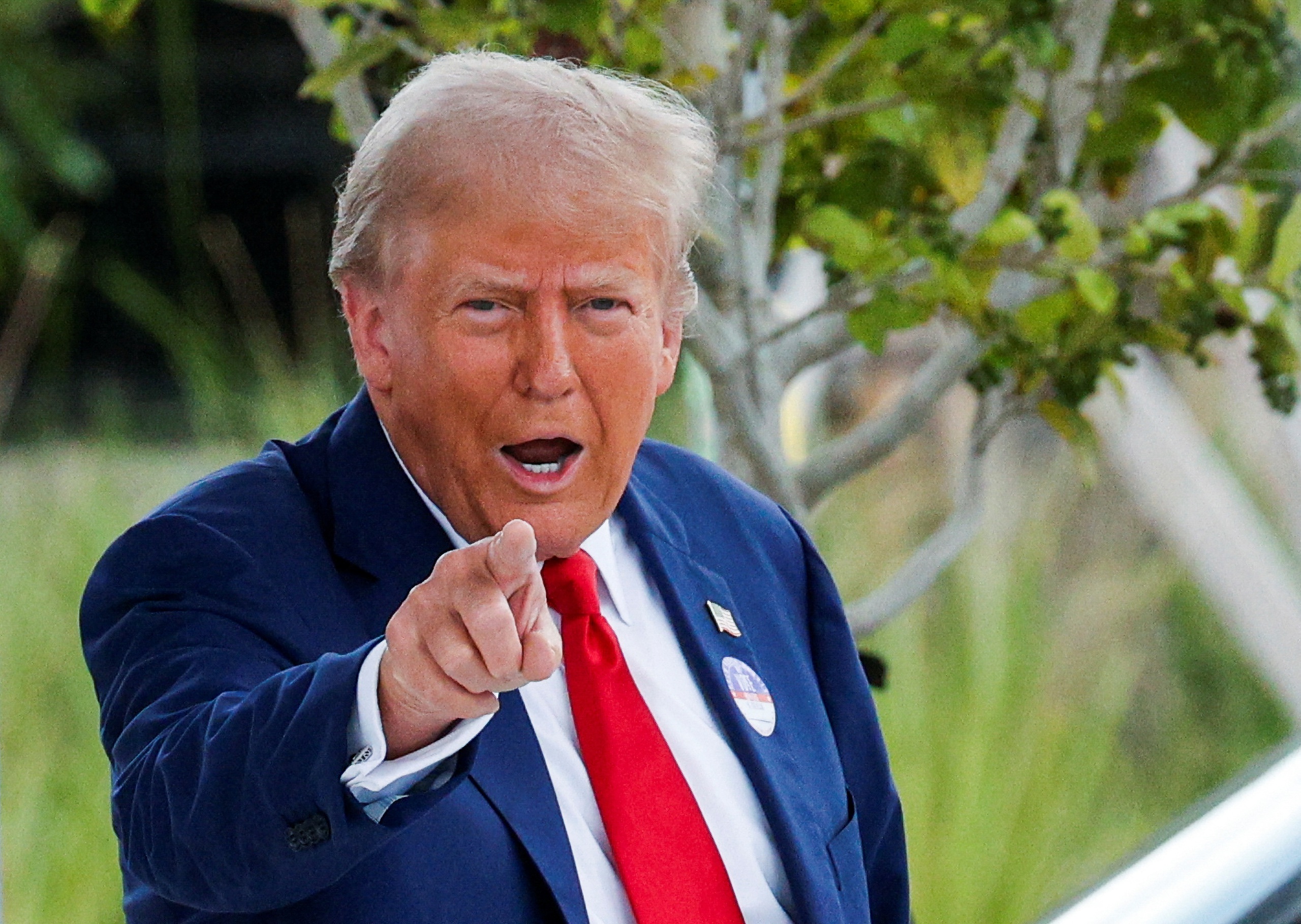In a move critics and supporters alike viewed as both unorthodox and highly effective, President Donald Trump has leveraged his unique diplomatic style to achieve a series of dramatic breakthroughs in the Middle East. Returning from a swift but high-stakes tour of the region, the administration is celebrating what the President himself has called "a great day for the Middle East," marked by the signing of a joint declaration to solidify the recent Gaza ceasefire and hostage exchange.
The Breakthrough in Gaza
The centerpiece of Trump's diplomatic success centers on the fragile, yet significant, ceasefire between Israel and Hamas. Just hours after the successful exchange of hostages and prisoners—ending nearly two years of brutal conflict that began with the October 7, 2023, attack—President Trump traveled to Israel and then to Egypt for a summit in Sharm el-Sheikh.
There, alongside leaders from Egypt, Qatar, and Turkey, the joint declaration was signed, with the parties acting as guarantors for the Gaza framework agreement. Trump’s confidence was palpable; speaking to international leaders, he proclaimed, "We have finally achieved peace in the Middle East," stressing that the leaders had "achieved what everyone thought was impossible."

However, the path to lasting stability remains fraught with challenges. Analysts note that the agreement still lacks full commitment from Hamas to disarm and a clear, complete commitment from Israel to a full military withdrawal. Despite these omissions, the American leader expressed repeated confidence that the ceasefire would hold, stating simply: "I think it will hold. Everyone is tired of this."
The Aura of Unpredictability and the Great Dealmaker
Trump's "aura" in the Middle East stems from a combination of his unpredictable approach and his focus on transactional diplomacy. Unlike traditional administrations, Trump has often bypassed long-standing protocol, preferring to deal directly with regional leaders, who, as some observers note, have "worked Trump out" and understand his focus on grand gestures and megadeals.
His administration’s multi-layered calculus—balancing security assurances for Israel, engaging key Arab states through initiatives like the potential development of the Islamic Security Force (ISF), and sending a firm message to Iran on nuclear proliferation—was on full display during the trip. This three-dimensional chess game, as one expert described it, is a massive gamble, but one that promises a monumental legacy if successful.
A Vision for a "New Middle East"

Speaking to the Israeli parliament, Trump championed a shift away from decades of conflict, envisioning a new regional order. He welcomed a "historic dawn of a New Middle East, where peace and prosperity will truly reign," and stated the goal is to transform battlefield victories against terrorism into a final reward of stability and prosperity for the entire region.
While the inclusion of a potential pathway for a future Palestinian State within the broader agreements remains a contentious issue—one many Israelis find difficult to accept following the 2023 border attack—the American leader’s current focus is primarily on reconstruction. He stressed that the immediate priority must be on restoring the basic necessities of life in Gaza.
The visit, while celebratory of the cease-fire, serves as a reaffirmation of the United States’ global role in forging a new regional dynamic, one that attempts to replace decades of violence with dialogue and economic partnership.

0 comments:
Post a Comment